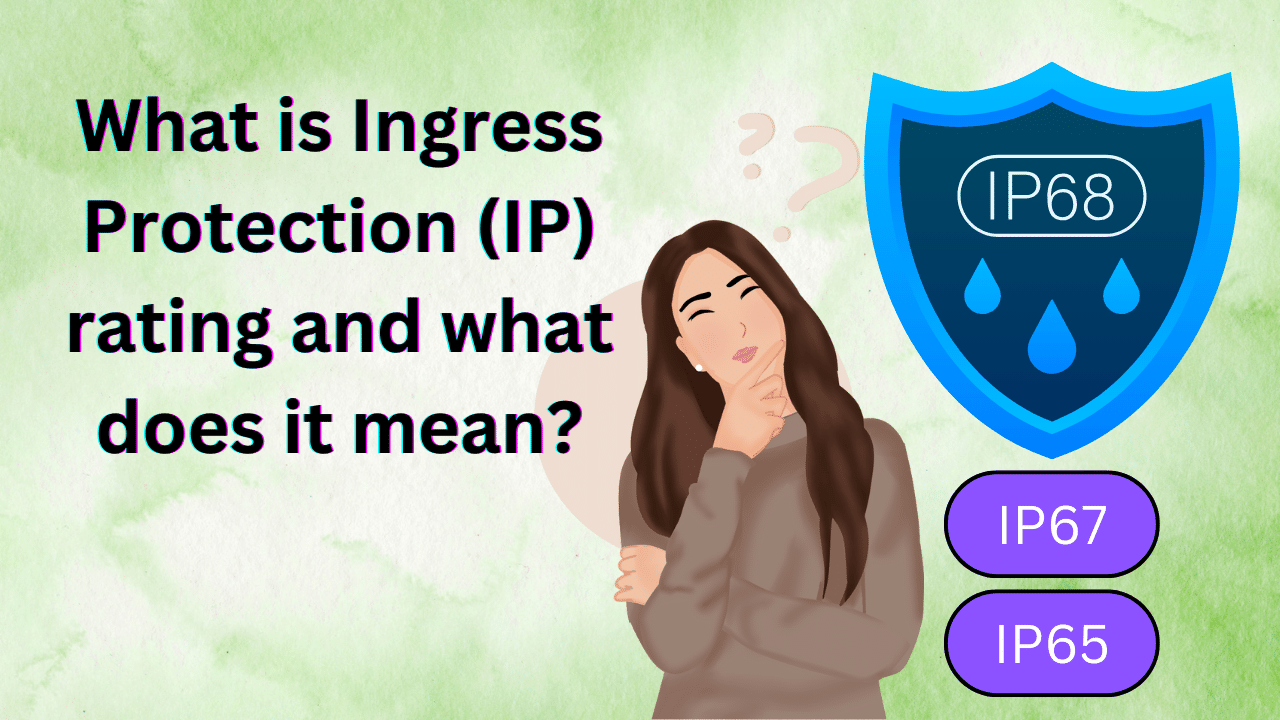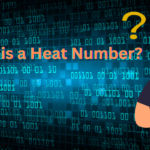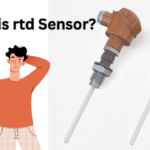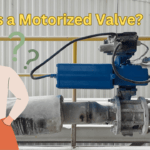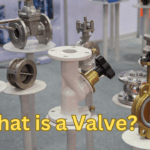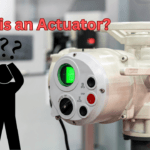Introduction
In today’s tech-driven world, electronic devices are ubiquitous. From smartphones to industrial electrical equipment, our reliance on these gadgets is undeniable. However, one aspect that often goes unnoticed but is crucial for the longevity and functionality of these devices is Ingress Protection (IP). In this article, we will delve into the world of IP ratings, what they mean, and why they matter.
What Is Ingress Protection (IP)?
Ingress Protection or International Protection, abbreviated as IP, is a standardized rating system that defines the level of protection an electronic or electrical device has against the intrusion of solids and liquids. It is an essential aspect when considering the durability and reliability of any device, especially in harsh environments.
What Is Ingress Protection (IP) Standard?
The Ingress Protection rating, commonly referred to as the IP rating, represents an international benchmark (IEC 60529) employed to assess the extent of shielding or sealing efficacy in electronic or electrical enclosures against the encroachment of foreign substances, liquids, dust, or unintended contact. This aligns with the European standard EN 60529.
Why is IP Rating Important?
The importance of IP ratings cannot be overstated. They determine the extent to which your electronic device can withstand dust, dirt, water, and other potentially damaging elements. Understanding IP ratings helps consumers make informed decisions when purchasing electronics, ensuring they meet their specific requirements.
How IP Ratings Work
IP ratings are typically represented as “IP” followed by two numbers (e.g., IP67). The first digit indicates protection against solids, while the second digit relates to protection against liquids. The higher the number, the greater the level of protection.

IP Ratings Chart or Table
To understand IP ratings better, let’s break down the meaning of each digit:
First Digit (Protection against Solids): Ranges from 0 to 6 or X, with 0 offering no protection and 6 indicating complete protection against dust and solids.
| First Digit | Protection | Description |
| X | No Data Available | — |
| 0 | Not protected | No protection against solid objects. |
| 1 | >50mm particle | Any solid particle less than 50mm or 2 inch can enter to device. As like human hand or similar etc. |
| 2 | >12.5mm particle | Any solid particle less than 12.5mm can enter to device. As like human finger or similar etc. |
| 3 | >2.5mm particle | Any solid particle less than 2.5mm can enter to device. As like Tools, wires or similar etc. |
| 4 | >1mm particle | Any solid particle less than 1mm can enter to device. As like nails, screws or similar etc. |
| 5 | Dust Protected | Its dust protected and no dust can enter to device but it’s not fully guaranteed. |
| 6 | Dust Tight | No ingress of dust. Means fully dust protected. |
Second Digit (Protection against Liquids): Ranges from 0 to 9 or X, with 0 signifying no protection and 9 meaning protection against powerful water jets or immersion.
| Second Digit | Protection | Description |
| X | No Data Available | — |
| 0 | Not protected | No protection against liquids objects. |
| 1 | Dripping water | Protection against vertical dripping water. |
| 2 | Dripping water at < 15º Angle | Protection against diagonally (angle of up to 15º) dripping water. |
| 3 | Spraying water at < 60º Angle | Protection against diagonally (angle of up to 60º) spraying water. |
| 4 | Splashing water | Protection against splashing water from all direction. |
| 5 | Water jets through 6.3mm nozzle | Protection against water jet through 6.3 mm nozzle. |
| 6 | Powerful water jets through 12.5mm nozzle | Protection against water jet through 12.5mm nozzle. |
| 7 | Immersion up to 1 m | Protection against submersion up to 1 meter for 30 minutes. |
| 8 | Immersion beyond 1 m | Protection against continuous submersion. Beyond 1 meter. |
| 9K* | Powerful high temperature water jets | Protection against powerful, high temperature water jets. |
Close-proximity, intensive, and elevated-temperature liquid jets
*Referred to as IPX9 in accordance with IEC 60529 standards. All assessments involving the letter ‘K’ are detailed within the ISO 20653:2013 standard.
Common IP Ratings
Some common IP ratings you may encounter include:
IP65: Protection against dust and low-pressure water jets.
IP68: Protection against dust and immersion in water beyond 1 meter. (Submersible water pump comes under the same protection)
IPX7: The “X” indicates no specific protection against solids, while 7 denotes protection against immersion in water up to 1 meter.
Note: X means there is no any data available to mention a protection rating.
Applications of IP Ratings
IP ratings find applications in various industries, from consumer electronics to electrical equipment. They help ensure that devices can perform reliably in diverse conditions.
IP Ratings in Consumer Electronics
Consumer electronics like smartphones and smart watches often come with IP ratings. These ratings determine their resistance to everyday elements such as rain, spills, and dust.
IP Ratings in Industrial Settings
In industrial settings, machinery and equipment need robust protection against harsh environments. IP ratings play a crucial role in ensuring these machines can operate smoothly.
Choosing the Right IP Rating
When purchasing electronics, it’s essential to consider your usage environment. Choosing the right IP rating can extend the lifespan of your devices and prevent costly repairs or replacements.
Innovations in IP Technology
Advancements in technology continue to drive improvements in IP ratings. Manufacturers are constantly innovating to provide even better protection for electronic devices.
Future Trends
As electronics become more integrated into our lives, future trends in IP technology are expected to focus on miniaturization and enhanced protection for smaller devices.
NEMA v/s IP ratings
In the United States, the National Electrical Manufacturers Association (NEMA) defines enclosure types for electrical equipment in accordance with NEMA standard number 250. These NEMA enclosure types can be correlated with the International Electrotechnical Commission (IEC) 60529 IP codes to provide a general idea of their protection capabilities.
However, it’s essential to note that NEMA ratings encompass additional product features and tests that go beyond what is covered by IP ratings. These additional features and tests include functionality under icing conditions, suitability for hazardous areas, provisions for cable connections (knock-outs), and more.
NEMA Rating v/s IP Rating Chart or Table
| NEMA Code or Rating | IP Code or Rating |
| 1 | IP20 |
| 2 | IP22 |
| 3, 3X, 3S, 3SX | IP55 |
| 3R, 3RX | IP24 |
| 4, 4X | IP44, IP66, IP65 |
| 5 | IP53 |
| 6 | IP67 |
| 6P | IP68 |
| 12, 12K, 13 | IP54 |
In summary, NEMA enclosure types and IP codes are related but not directly equivalent, as NEMA standards consider various factors beyond the level of protection against dust and water ingress.
Conclusion
Ingress Protection (IP) ratings are not just technical jargon; they are a critical factor in ensuring the durability and reliability of your electronic devices. By understanding these ratings and choosing the right one for your needs, you can protect your investments and enjoy your gadgets with peace of mind.
FAQs
Q1. What is the significance of an IP rating?
A1. An IP rating indicates the level of protection an electronic device has against solids and liquids, helping consumers make informed decisions.
Q2. Are higher IP ratings always better?
A2. Higher IP ratings offer more protection, but it’s essential to choose a rating that matches your usage environment.
Q3. Can I submerge a device with an IP68 rating indefinitely?
A3. While an IP68-rated device can be immersed in water, it’s essential to follow manufacturer guidelines regarding depth and duration.
Q4. Do all electronic devices have IP ratings?
A4. No, not all devices have IP ratings. It depends on the manufacturer and the intended use of the device.
Q5. What should I do if my device gets wet but doesn’t have an IP rating?
A5. If your device isn’t water-resistant, it’s best to power it off immediately, dry it thoroughly, and seek professional assistance if necessary.
